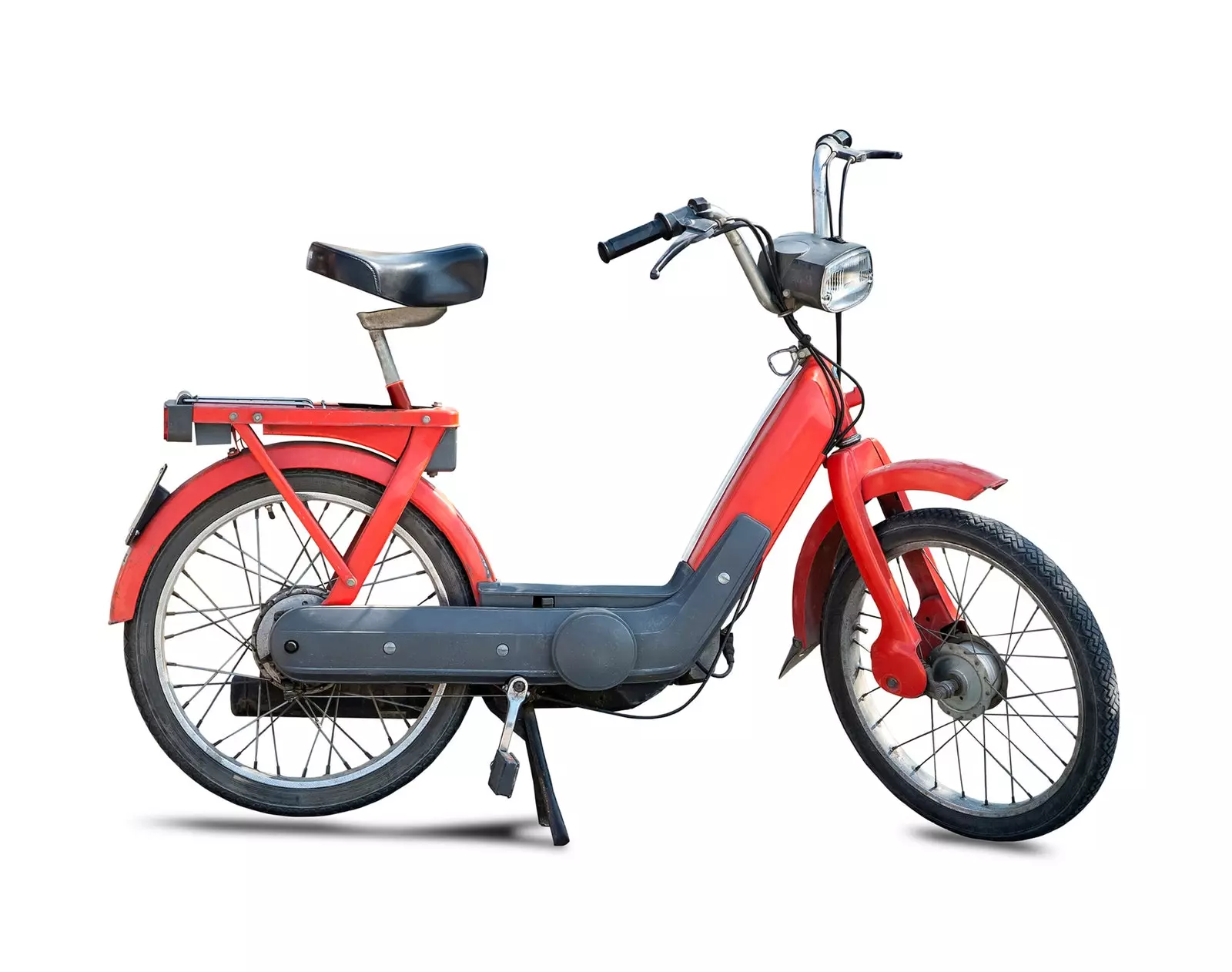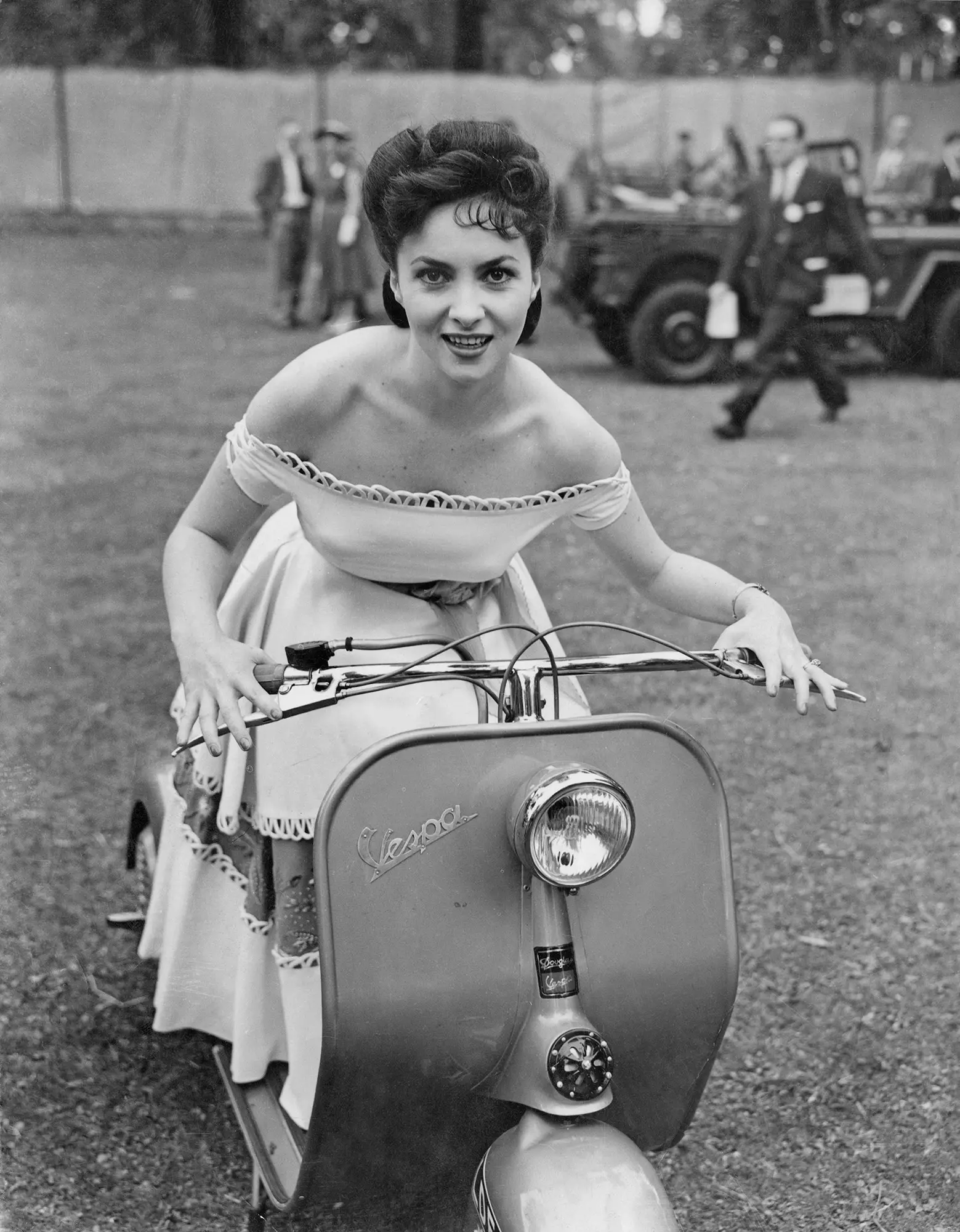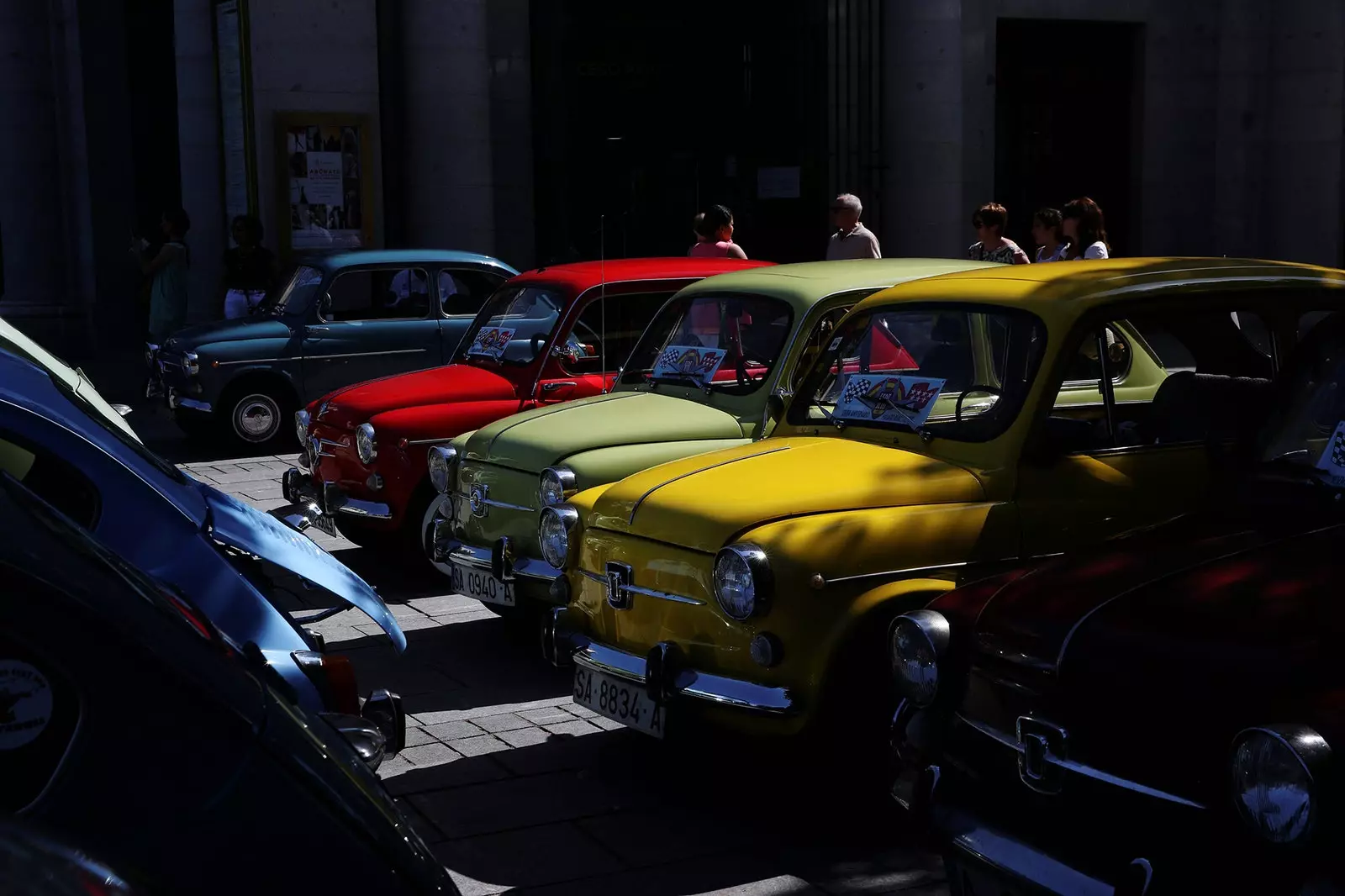
Vespino, the Spanish legend turns 50
Although production ceased in 1999, the iconic moped continues to enjoy enormous popularity for the freedom of movement that contributed to the youth . This is his exciting story with Iberian mark.
Little could the Italian motor businessman imagine Enrico Piaggio that your spanish delegation he was going to light the creation of a revolutionary moped years later when he bet on the implantation of Vespa in our country in 1952.
Through an agreement with the National Institute of Industry and the mediation of Banco Urquijo, the MotoVespa factory on Julián Camarillo street in the Madrid neighborhood of Ciudad Lineal . The first Spanish Vespas began to be manufactured there thanks to the enthusiasm of a determined group of engineers and technicians passionate about their work.
In February 1953, the first 125 cc Vespa . and for fifteen years sales increased or at least remained, until in 1967 there was a recession in the two-wheel sector, in the midst of economic development, with the Spaniards already opting mostly for the car (and more specifically, for the 600 ) for your trips.

Gina Lollobrigida on her Vespa
So MotoVespa decided to bet on a much more affordable model with which to attract new customer sectors such as youth and thus the today mythical Vespino was born.
The first Vespino in history was released on the market February 19, 1968 for a price of **9,750 pesetas (€58.60) ** and it was absolutely groundbreaking because it incorporated highly advanced technical solutions for the time.
The engine was a Spanish patent and consisted of a air-cooled cylinder (like on the Vespa), transmission by **continuous automatic change by centrifugal variator (CVT) ** and drag chain of the pedals inside the crankcase, that acts as a swingarm associated with the suspension damper. The fuel tank was underfoot, between the engine and the front wheel.

The "mythical" 600
Pressing a small lever on the handlebar acted on the 'decompressor' so that when pedaling, a valve in the cylinder head would allow or not the leakage of compression from the cylinder through the exhaust pipe, and thus the motorcycle would be started or stopped. With the years they would come aesthetic and technical improvements As the Electrical start , improved front forks, safer handlebars and its characteristic double seat.
Another of the unmistakable features of the Vespino were its pedals, little aerodynamic and less ergonomic. To such an extent that many users replaced them with fixed stirrups to be able to go more comfortable.
But, of course, there was a logical explanation for the existence of those pedals: the Spanish legislation of the time required that all mopeds have them and the option to work with them . So the manufacturer had no choice but to include them as standard if he wanted to sell in our country.
Vespino engine technology , was an important base for the rest of the vehicles of the Piaggio Group , which adopted the V-belt and variator transmission system within the same tilting casing that made the Vespino the leader for so many years.
Such has been the efficiency of this engine, that Piaggio has adapted this technical solution for all its current engines, and to all displacements, from 50c.c. at 500c.c.
The Vespino was the sales leader and an authentic national and international reference, after some 1,800,000 units produced and 20 different versions.
It stopped being manufactured in 2000 under the pretext that it was already an obsolete vehicle with no future, so the Piaggio Group decided to finish its production, to finally close the MotoVespa factory in Madrid.
In a way, the thousands of dedicated followers of the endearing Spanish-made moped that provided an unparalleled sense of freedom to several generations of young people were left orphaned.
It also marked the landscape of multiple dormitory cities in our geography, as well as the residential areas in the outskirts of large cities such as Madrid or Barcelona.
In the first case, towns in the mountains such as Villalba, Torrelodones or Cercedilla and in the second neighborhoods such as Pedralbes , to give just a few examples, had that peculiar, unique and non-transferable buzz emitted by their exhaust as their characteristic soundtrack for three decades.
In the memory it remains as an indelible memory of what then seemed like eternal summers on the back of the legendary "cucumber".
